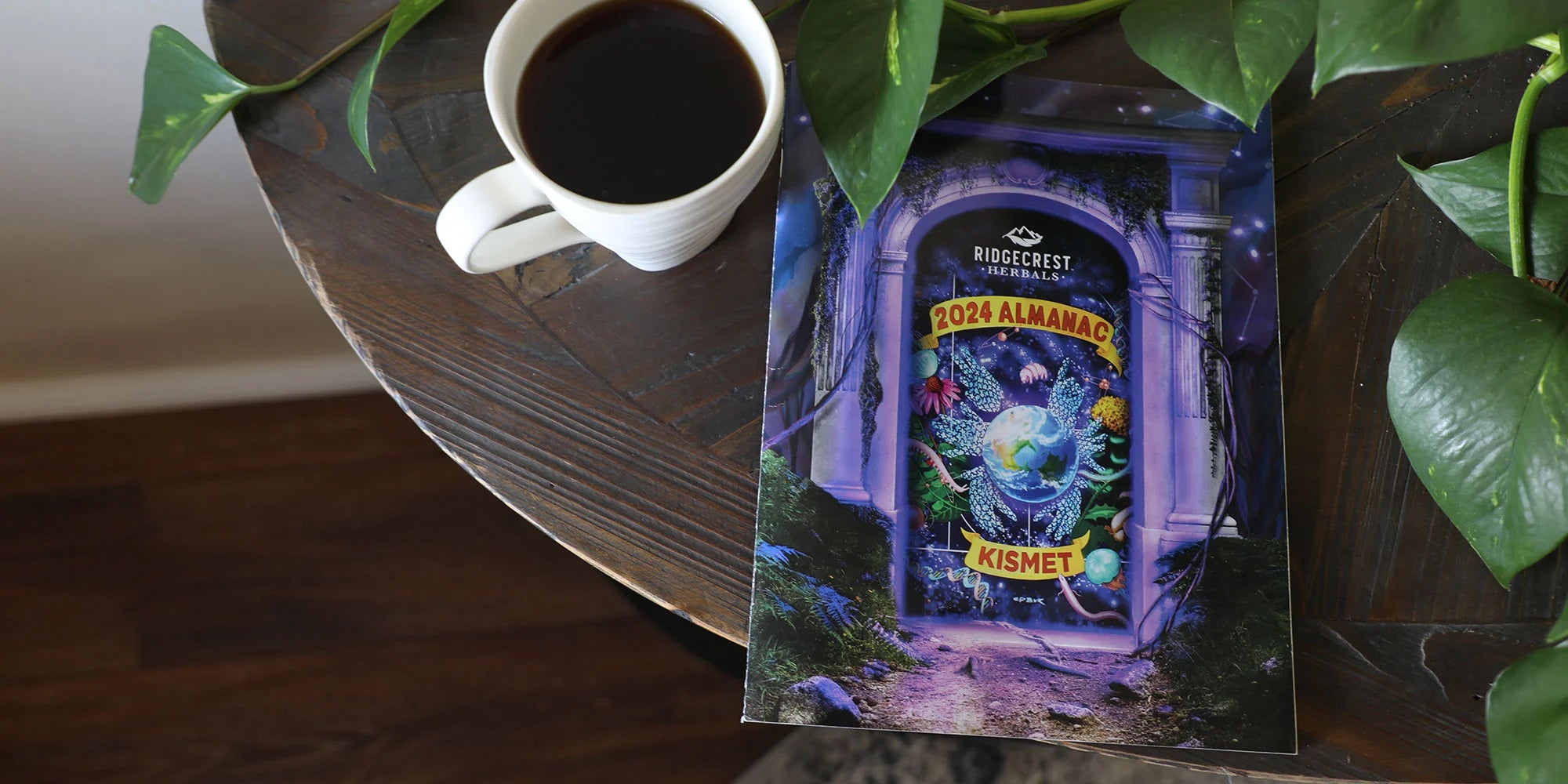For most people, saying “no” is a difficult and intimidating task. There are concerns about how the other party will take the refusal and how it will reflect on you. Despite people's anxieties around saying “no,” it is a powerful word when used correctly. Learning to say “no” can alleviate stress, empower you, and benefit you and those around you.
Children are taught not to say “No”
Ask anyone to think of a toddler's favorite word, and the majority of them will reply with the word “no.” Children pick up on the power of this word as soon as they start to talk. They will say it slyly when testing boundaries, defiantly when they want their way, and repeatedly scream it when frustrated.
Children use the word “no” with wild abandon, and they do not use it appropriately, so as any good parent does, we teach them when to use and when not to use “No.” We teach children that when Grandma offers a new type of food, it is rude to scream “no” at her. We teach them that saying “no” when another child wants a turn on the swing is unkind. We teach that when a teacher gives you an assignment or task, saying “no” is disrespectful. All of these lessons are important to help them become polite and kind members of society.
Not saying “No” can be detrimental
I know many who dislike using the word “no.” They don't want to hurt people's feelings or be perceived as negative. This fear is understandable because, as children, we repeatedly learn that saying “no” is rude or unkind. However, this is not always the case; it can often be the opposite.
How many times have you said “yes” to something you didn't want to do? Maybe it was a knee-jerk reaction: “I always say yes to my mom.” Or perhaps you were caught off guard: “My husband really wanted that new car.” Or maybe it was a fear of repercussions: “My boss just asked me to write another report for him.” No matter what the situation, if you said “yes” to something you didn't want to do, chances are that you are left feeling taken advantage of and resentful.
If this pattern of saying yes when you wish to say no continues, you can end up overcommitting yourself. According to Psychology Today, overcommitment has been shown to lead to a number of issues including:
- depression
- diabetes
- sleep problems
- inflammatory disease (like autoimmune illness)
- cardiovascular disease.
When you realize the adverse effects that can surface from not saying “no,” it becomes evident that this is a skill most of us should do our best to master.
How to say “No.”
I recently read an article in Forbes that had several great tips for learning how to say “no:”
- Find your yes. Remember that every time you say “no” to one thing, it means you are saying “yes” to another. Saying no to watching your neighbor's kids means you said yes to spending quality time with your kids.
- Sleep on it. If you aren't sure if you want to say yes, ask for time to think about it. The benefits of doing so are:
- The other party may find another solution while waiting for your answer
- You won't feel pressured to answer, allowing you time to evaluate the request
- You may come up with a new solution that benefits you and the asking party
- Make sure you are truly saying no. When saying no, be clear and concise. Saying things like “I'm not sure I can” means that there's a possibility you are available. Try using more definitive statements and make sure the word “no” is in there: “No, I'm not available this weekend.” You can be polite but still firm.
- Be prepared to repeat yourself. You may run into times when the asking party will repeat the request, add pressure, or try to guilt you into accepting. In these cases, simply repeat what you previously stated. There is no need to offer additional information or excuses; stand by your “no.”
Young children are typically carefree creatures who don't do what they don't want to do. Granted, we can't all act like children, but we can remind ourselves that saying “no” doesn't make us rude or selfish. Instead, it can alleviate stress and allow us to say “yes” to the things we truly value.
One final tip on saying “no” is this: Do it with a smile. Saying “no” is not a bad thing; it's beneficial to you and those around you.



